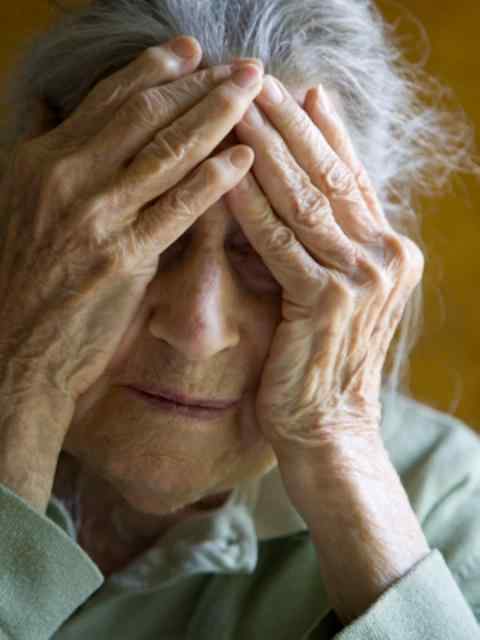Mentioned in the literature that a disease that can cause symptoms of dementia there are some seventy-five. Some diseases can be cured while most can not be cured. (Mace, N.L. & Rabins, P.V. 2006). Most researchers in the research agreed that the main cause of the symptoms of dementia is Alzheimer's disease, vascular disease (blood vessel), Lewy body dementia, frontotemporal dementia and ten percent of which are caused by other diseases.
Fifty to sixty percent of the causes of dementia is Alzheimer's disease. Alzhaimer is a condition in which nerve cells in the brain die, making the signal from the brain can not be transmitted as it should (Grayson, C. 2004). Alzheimer's sufferers experiencing memory impairment, the ability to make decisions and also a decrease in the thinking process.

Nursing Diagnosis : Risk for Injury related to Dementia
Nursing Interventions Risk for Injury related to Dementia
A. Action for patients with Dementia
Goal:
1. Patients are spared from injury
2. Patients are able to control activities that can prevent injuries.
Action
1. Describe risk factors that could cause injury, with simple language
2. Teach ways to prevent injuries: if the fall do not panic but cry out for help
3. Give praise to the patient's ability mentions ways to prevent injuries.
B. Action for patients families
Goal: Families of patients are able to:
1. Identifying factors that could cause injury to the patient
2. Families are able to provide a safe environment to prevent injury
Action
1. Discuss with family factors that may cause injury to the patient
2. Encourage families to create a safe environment such as: floors are not slippery, keep sharp objects out of reach of patients, provide adequate lighting, the lights on during the day, give the tool handle and watch if the patient smokes, cap plugs and other electrical equipment with plaster, avoid power tools other than the reach of the client, provide a low bed
3. Encourage families to always accompany the patient at home and monitor the daily activities undertaken
Evaluation Risk for Injury related to Dementia
To measure the success of nursing care that you do, it can be done by assessing the ability of clients and families:
The ability of the patient:
1. Mention the simple language of the factors that cause injury
2. Using the proper way to prevent injury
3. Controlling the activity according to ability
The ability of family
1. Families can reveal factors that may cause injury to the patient
2. Providing safety in the home
3. Distancing power tools out of reach of patients
4. Always accompany the patient at home
5. Monitor the daily activities of patients conducted
loading...